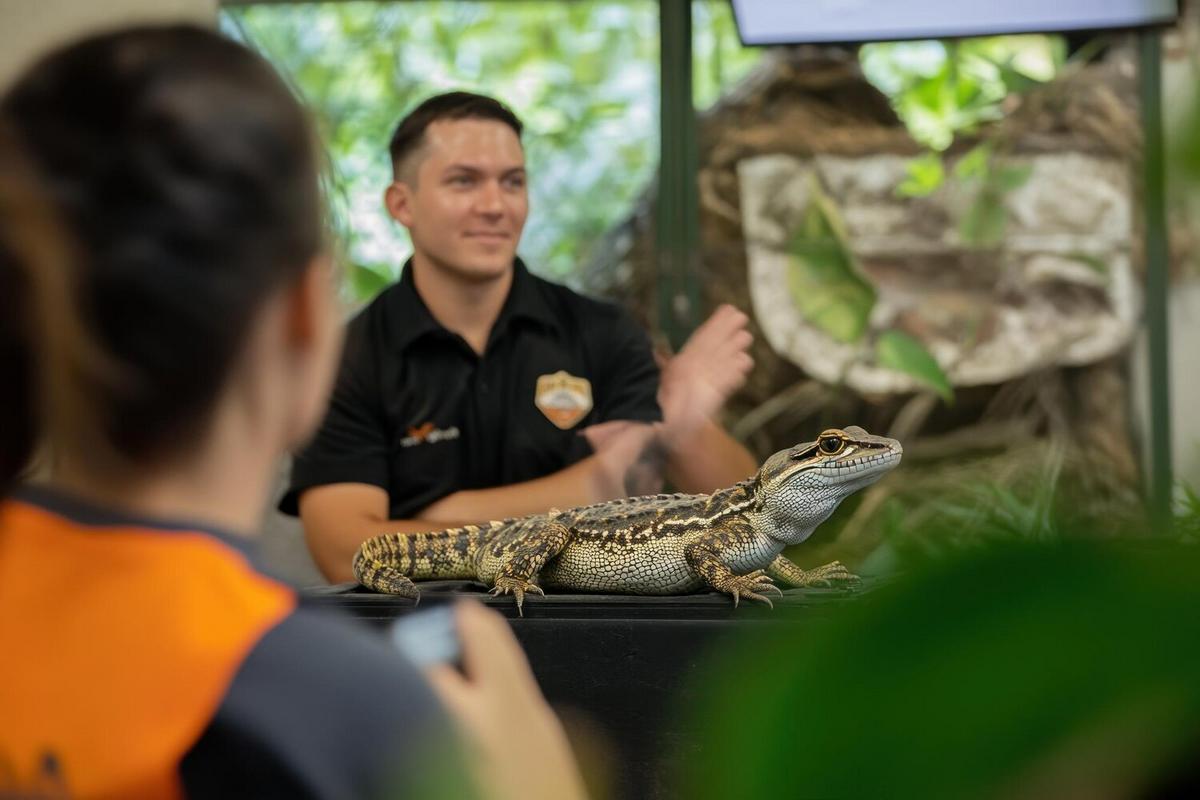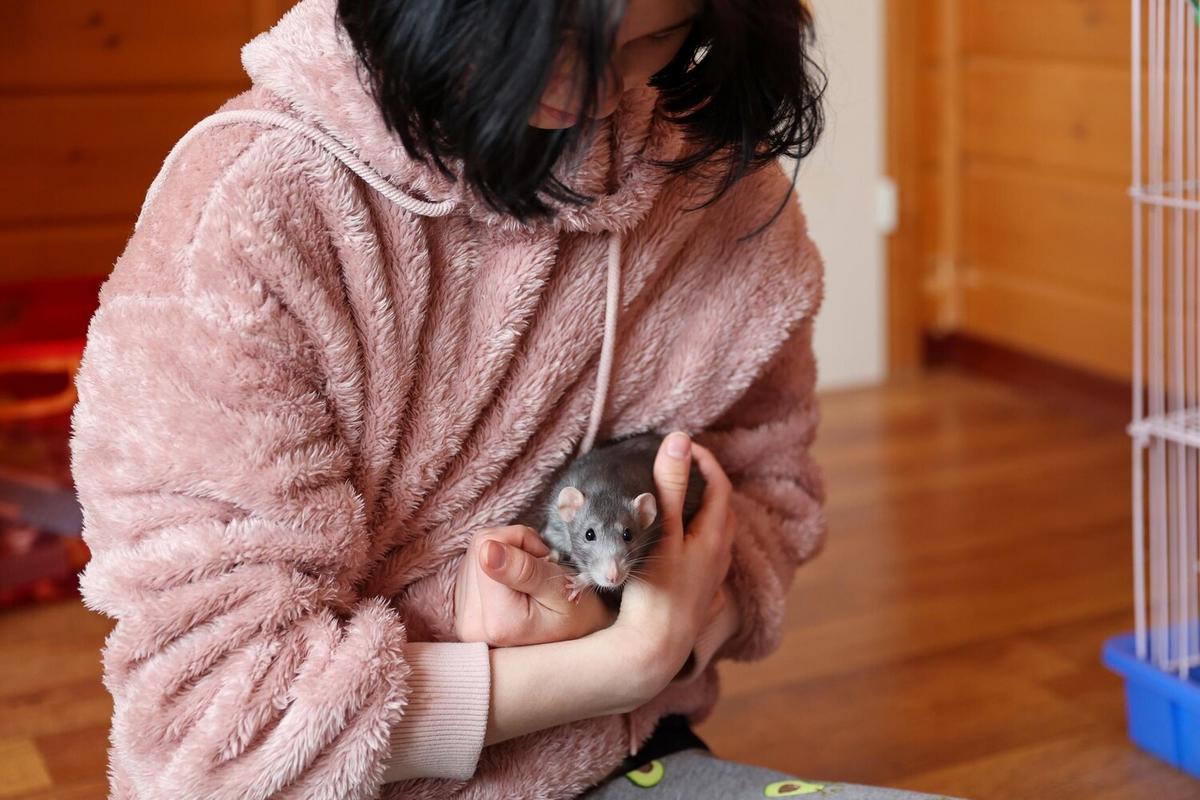
Understanding the Unique Needs of Reptile Pets
Reptiles, with their ancient lineage and fascinating behaviors, are increasingly becoming cherished members of many households. As exotic pets, they present a unique set of needs that differ significantly from traditional pets like dogs and cats. Understanding these needs is crucial for ensuring their well-being and longevity.
Understanding the Unique Needs of Reptile Pets
Reptiles, unlike mammals, require a specific environment to thrive. This includes considerations of temperature, humidity, lighting, and diet. Let’s explore these needs in detail.
Environmental Needs
Reptiles are ectothermic, meaning they rely on external sources to regulate their body temperature. According to the Reptile Care Association, maintaining an appropriate temperature gradient in their habitat is critical. Each species has its own temperature range, so research is essential. Providing both basking and cooler areas allows reptiles to self-regulate their temperature.
Lighting and Humidity
Proper lighting is vital for reptiles, especially for those that require UVB light to synthesize vitamin D3, which is crucial for calcium absorption. A lack of UVB can lead to bone diseases. Humidity levels are equally important, as reptiles from tropical environments need higher humidity than those from arid regions.
Dietary Requirements
A varied diet is key to a reptile’s health. Herbivorous reptiles, like iguanas, need a mix of leafy greens, while carnivorous species, such as snakes, require a diet of whole prey. Always ensure the food matches the reptile’s natural diet.
Health and Veterinary Care
Regular health check-ups with an exotic pet veterinarian can catch potential issues early. Dr. Emily Johnson, an exotic pet vet, advises that “preventative care is the best way to ensure your reptile’s long-term health.”
Common Reptile Species and Their Needs
| Species | Temperature Range | Humidity Level | Diet |
|---|---|---|---|
| Bearded Dragon | 75-85°F | 20-40% | Omnivore |
| Leopard Gecko | 75-80°F | 30-40% | Insectivore |
| Green Iguana | 85-95°F | 70-80% | Herbivore |
| Ball Python | 75-80°F | 50-60% | Carnivore |
| Crested Gecko | 70-80°F | 60-80% | Omnivore |
| Red-Eared Slider | 75-80°F | 70-80% | Omnivore |
| Chameleon | 75-85°F | 50-70% | Insectivore |
| Corn Snake | 75-85°F | 40-50% | Carnivore |
Actionable Tips for Reptile Owners
- Research your specific reptile species extensively before bringing it home.
- Invest in a quality terrarium with proper heating and lighting systems.
- Regularly clean and maintain the habitat to prevent disease.
- Monitor your reptile’s behavior for signs of stress or illness.
Ensure to have a backup power source for heating and lighting to avoid sudden temperature drops during power outages.
Frequently Asked Questions
How often should I feed my reptile?
Feeding frequency varies by species and age; some may eat daily, while others might only need feeding once a week.
Why is my reptile not eating?
Loss of appetite can be due to stress, illness, or incorrect habitat conditions. Consult a veterinarian if the issue persists.
Understanding and addressing the unique needs of reptile pets can lead to a rewarding companionship. By providing the right environment, diet, and care, you can ensure your reptile thrives in your home.
For further reading on exotic pet care, visit reputable sites like [Reptiles Magazine](https://www.reptilesmagazine.com/) and [Exotic Pet Vet](https://www.exoticpetvet.com/).


